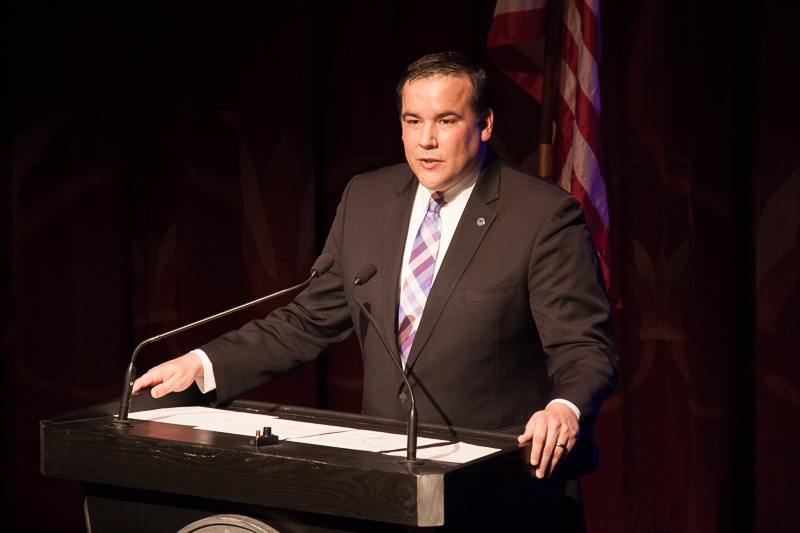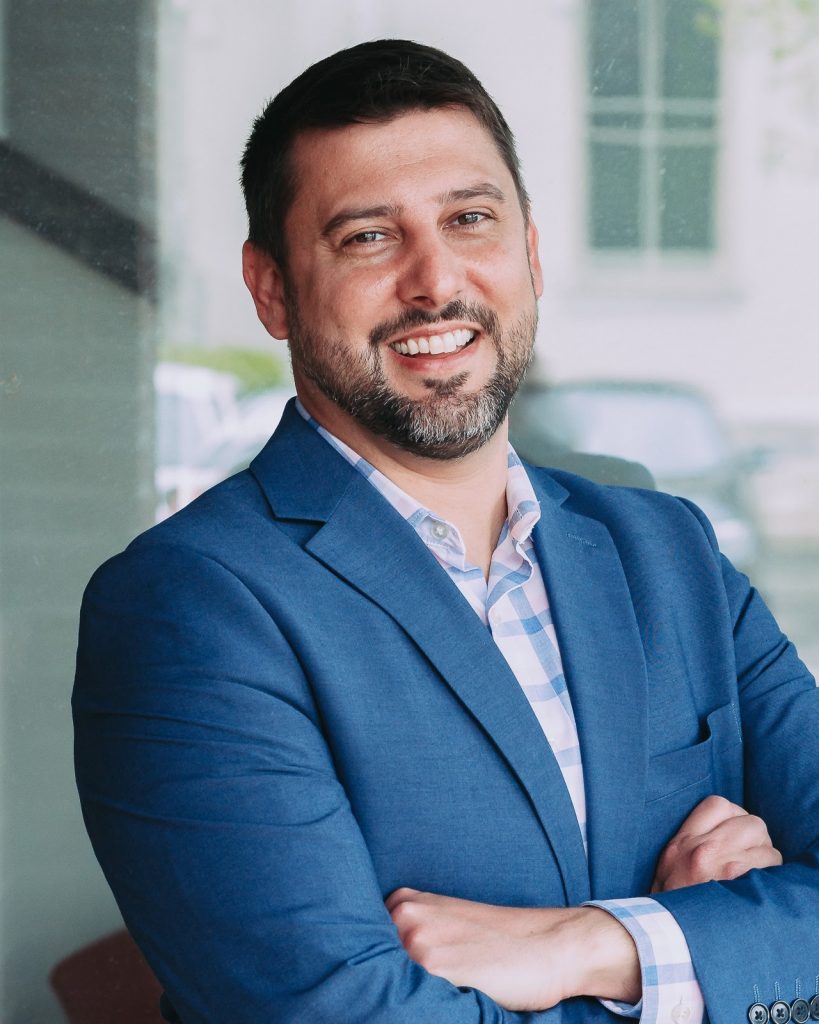COVID-19 exposes pre-existing youth issues as violent crime spikes

Boys & Girls Clubs weighs in on what the long haul should look like
During a Wednesday press conference, Mayor Andrew Ginther announced a series of measures to combat skyrocketing violent crime among Columbus’s youth, something he connected to changes brought about by COVID-19.
At the time of Ginther’s press conference, there had been 84 homicides and 766 felonious assaults since the beginning of the year, but perhaps more dramatic was the reveal that the average age of victims had dropped from 37 in 2019 to 24 in 2020. Police Chief Thomas Quinlan added that the perpetrators were also skewing younger, with an increase in violent crime committed by juveniles.
BROUGHT TO YOU BY
But how effective will the proposed solutions, which include one-on-one intervention by social workers and police, be in a time of unprecedented uncertainty? Doug Wolf, CEO of the Boys & Girls Clubs of Central Ohio, may be able to provide some insight.
“The statistics are indeed quite troubling. And we do have to remember these are not simply numbers, but are young people. Sons, daughters, brothers, sisters, best friends,” said Wolf. “But surrounding our young people is an environment and a set of circumstances that are leading to these sad and destructive outcomes.”
On Wednesday, Ginther cited school closings, low youth employment, and a lack of extracurricular activities (all results of the global pandemic) as possible catalysts for the rise in shootings amongst young people. Wolf seems to agree with this assessment.
“The COVID-19 pandemic itself is not necessarily a cause of violence, but I think the necessary response [to the pandemic] has exacerbated some [previously existing] tensions and stress and has certainly negatively impacted the social and emotional wellbeing of our young people,” he said.
Wolf pinned it down more specifically to a lack of adult guidance and interaction. He said the support of social and educational programs is vital, but it’s the access to caring adults that really makes a difference in the lives of young people — something that just can’t be replicated virtually.
Columbus’s solution to these problems (in addition to traditional crime-fighting tactics stressed by Quinlan) is a series of programs aimed at providing disadvantaged young people with the support they need before they turn to violence. Ginther and County Commissioner Kevin Boyce announced the formation of micro-intervention teams made up of police, social workers, and juvenile court prosecutors that will contact the families of at-risk youth to offer services from a new Family Stabilization Unit.
A throughline between the efforts was aggressive outreach in the neighborhoods where violent crime is occuring, something Wolf said is essential. He added that these services have to be tailored to the neighborhood’s specific needs. The Boys & Girls Clubs’ efforts in Hilltop look different from those on the South Side. These differences are based on input from the affected youth.
“We shouldn’t discount that our young people themselves have a voice, and we need to hear and listen to them, and allow them to influence the work where appropriate,” Wolf said.

Another essential aspect of successful youth outreach programs, according to Wolf, is sustained effort. COVID-19 may be placing acute stress on Columbus, but the underlying issues — such as gun violence, poverty, and systemic racism — are chronic issues. To this end, Ginther announced Wednesday that, while CARES Act funding has supported its efforts, these programs must rely on the city’s general fund so it can commit for the long haul.
Overall, Wolf said he thinks the city is taking a step in the right direction, but supporting the city’s youth requires constant vigilance and cooperation. From individuals to nonprofits to government agencies, the best way to contribute is to communicate, support each other, and reach out to the vulnerable people in our lives.
“We really need to come together. And this can’t be patchwork, and it can’t be fleeting,” Wolf said. “We need to move where we can now while we’re figuring out what some of the additional solutions are. Where we can push the gas now, let’s slam on the gas and figure it out as we go.”
More information from the mayor’s press conference can be found on the city’s website here. For information on the Boys & Girls Clubs of Central Ohio, visit their website here.
BROUGHT TO YOU BY



